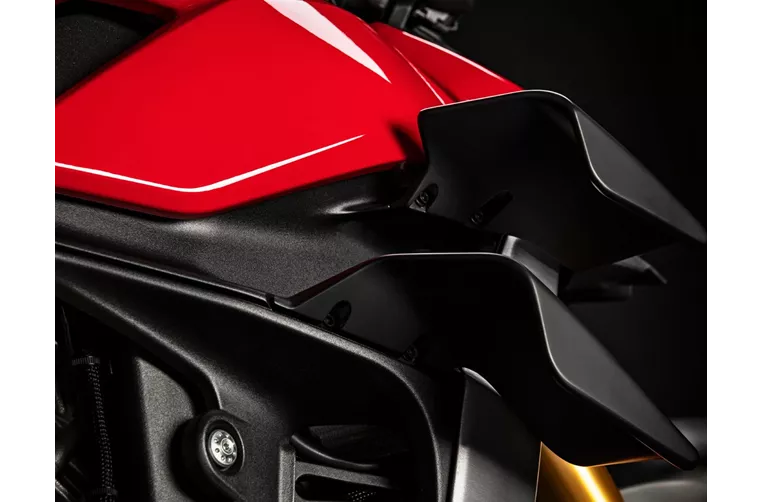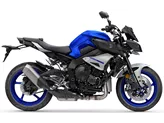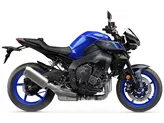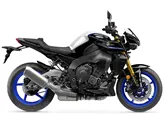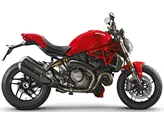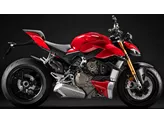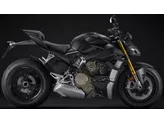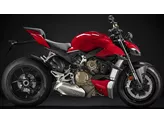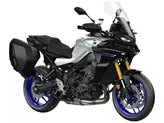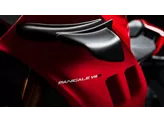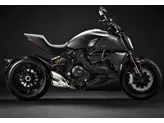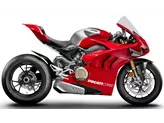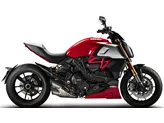Ducati Streetfighter V4 S 2020 vs. Yamaha MT-10 2017
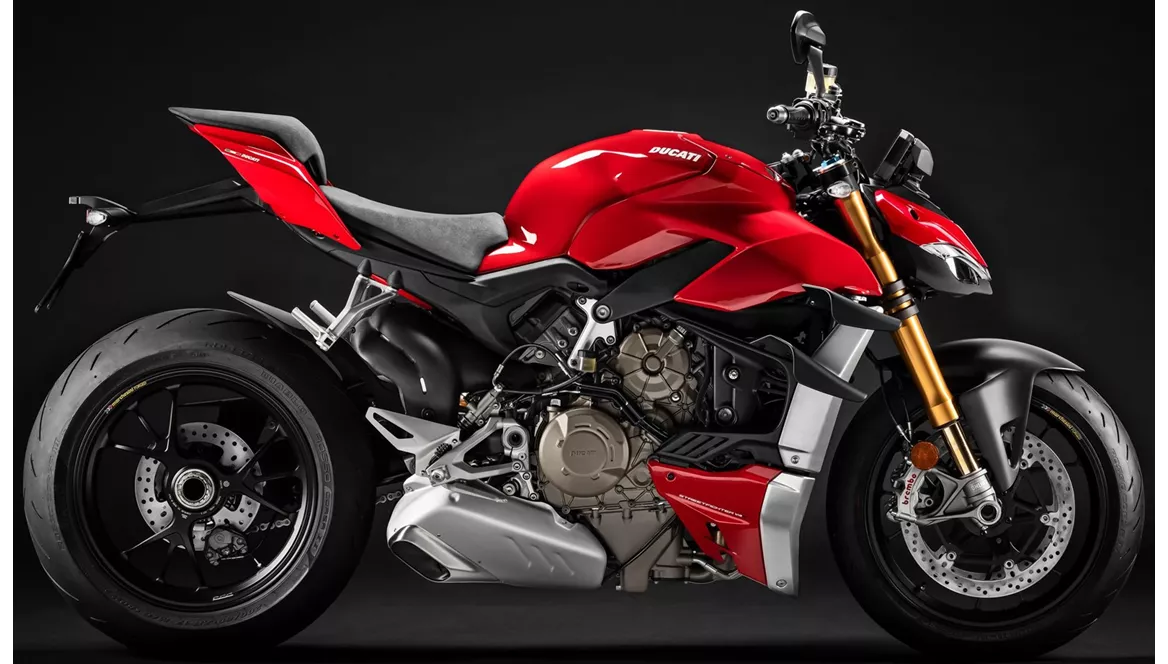
Ducati Streetfighter V4 S 2020

Yamaha MT-10 2017
Přehled - Ducati Streetfighter V4 S 2020 vs Yamaha MT-10 2017
In terms of engine performance, the Ducati Streetfighter V4 S 2020 clearly outshines the Yamaha MT-10 2017. With its V4 engine, the Streetfighter V4 S produces an impressive 208 HP of power and 123 Nm of torque. On the other hand, the MT-10's inline-four engine generates 160 HP of power and 111 Nm of torque. This significant difference in power output gives the Ducati an edge in terms of sheer performance.
Both bikes feature fuel injection systems and liquid cooling, ensuring efficient and reliable operation. They also have four cylinders, providing smooth power delivery. However, the Streetfighter V4 S has a larger displacement of 1103 ccm compared to the MT-10's 998 ccm, which contributes to its higher power output.
In terms of suspension, both bikes feature upside-down telescopic forks at the front. The Streetfighter V4 S has a single swing arm with a monoshock at the rear, while the MT-10 has a swing arm with a monoshock. Both bikes utilize aluminum for their suspension components, ensuring lightweight and responsive handling.
When it comes to the chassis, both bikes feature aluminum frames, which provide a good balance between rigidity and weight. However, the Streetfighter V4 S has a monocoque frame, which offers superior structural integrity and contributes to its agile handling characteristics.
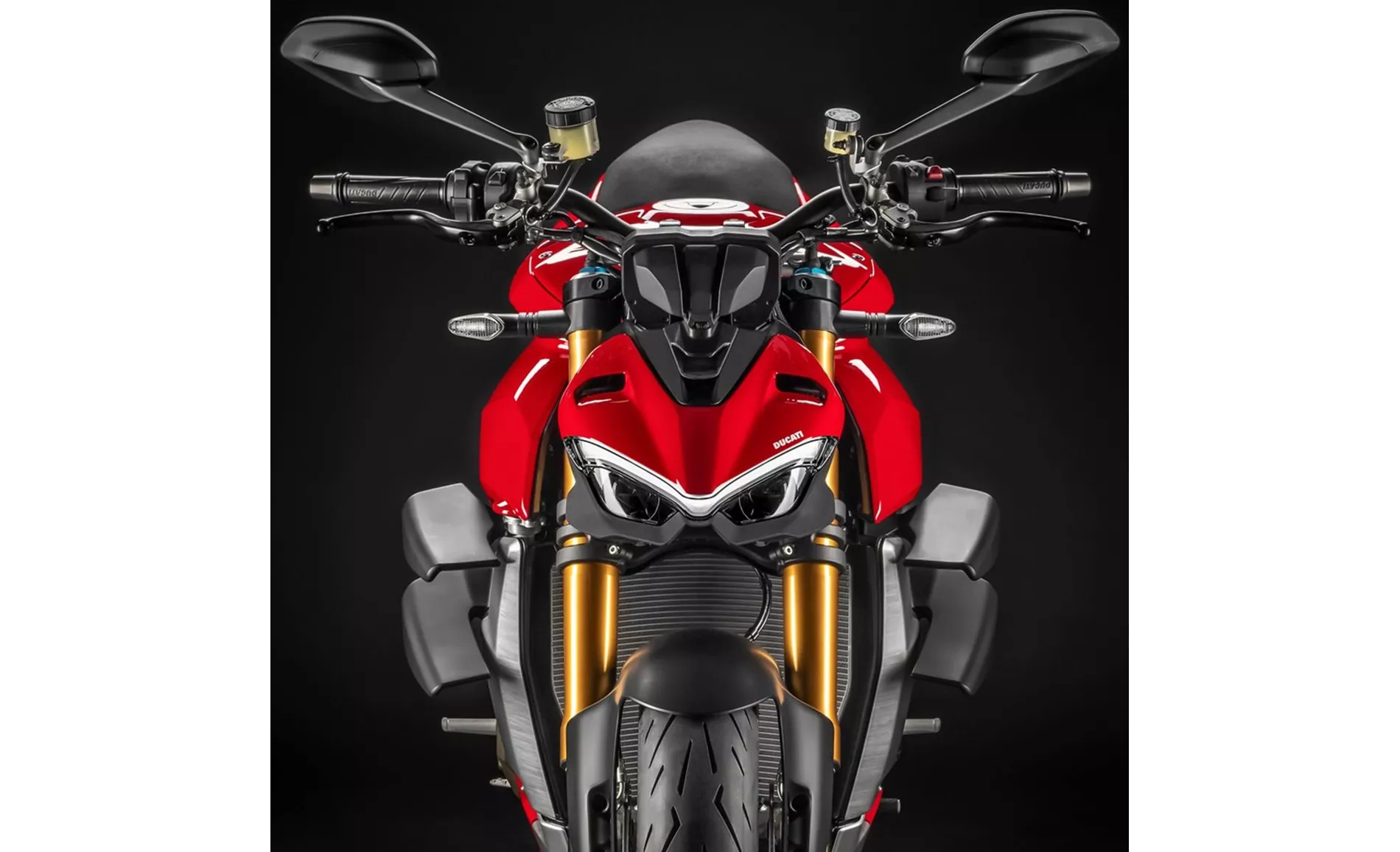
Ducati Streetfighter V4 S 2020
In terms of braking, both bikes have double disk brakes at the front. The Streetfighter V4 S has larger diameter disks measuring 330 mm compared to the MT-10's 320 mm. This gives the Ducati better stopping power and improved braking performance.
Both bikes come equipped with advanced rider assistance systems such as ABS and traction control. However, the Streetfighter V4 S goes a step further with additional features like riding modes, dynamic suspension, cornering ABS, launch control, ride by wire, quickshifter, and anti-wheelie control. These additional features enhance the overall riding experience and provide more control and customization options.
In terms of dimensions and weights, the Streetfighter V4 S has a slightly wider front tire at 120 mm compared to the MT-10's 120 mm. Both bikes have 17-inch front and rear tires. The Streetfighter V4 S has a longer wheelbase of 1488 mm compared to the MT-10's 1400 mm, which contributes to its stability at high speeds. The seat height of the Streetfighter V4 S is slightly higher at 845 mm compared to the MT-10's 825 mm. The Streetfighter V4 S is also lighter with a kerb weight of 199 kg compared to the MT-10's 210 kg. Both bikes have fuel tank capacities of 16 liters and 17 liters, respectively.

Yamaha MT-10 2017
In terms of strengths, the Streetfighter V4 S boasts an electronics package at the top level, a high-revving and powerful engine, agile handling, a surprisingly comfortable seating position, powerful brakes, a sporty and high-quality chassis, great aerodynamics, and stunning looks. On the other hand, the MT-10 is praised for its great sound, pleasant wind protection, comfortable seating position even on long tours, great engine response, and a balanced overall package despite its radical looks and wicked sound.
However, the Streetfighter V4 S does have a few weaknesses. It requires high revs for optimal performance, making it less suitable for low-speed riding. The engine response can be rough in city traffic and everyday situations, and the handling can feel tippy at low speeds. Additionally, the engine noise can vary significantly depending on speed and flap position.
Similarly, the MT-10 also has its weaknesses. The seating position is too inactive for racetrack use, and the chassis and ride assistance systems are not on the same level as other power nakeds, making it less suitable for track days.
In conclusion, the Ducati Streetfighter V4 S 2020 offers superior performance, advanced rider assistance systems, and a more refined overall package compared to the Yamaha MT-10 2017. However, the MT-10 has its strengths in terms of sound, wind protection, and overall comfort. Ultimately, the choice between these two bikes will depend on individual preferences and priorities.
Technické údaje Ducati Streetfighter V4 S 2020 ve srovnání s Yamaha MT-10 2017
Výhody a nevýhody ve srovnání
Výhody a nevýhody ve srovnání
Ducati Streetfighter V4 S 2020
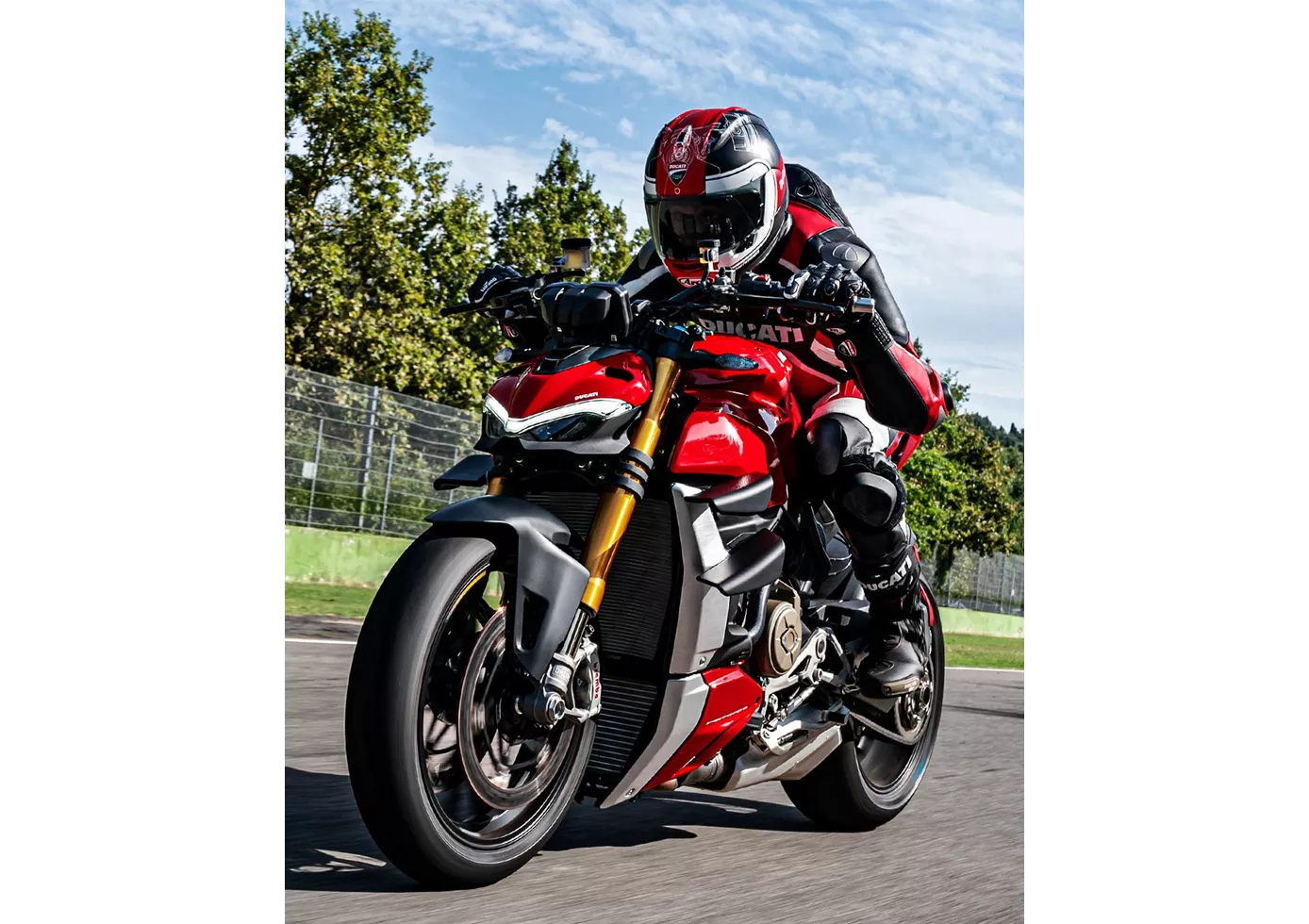
Motocykl převzal velkou část svých sportovních kořenů z modelu Panigale. To potěší přátele streetfighteru. Elektronika a výkon motoru jsou lepší, podvozek je radikálně rychlý a stroj vládne v soubojích na stopkách. Má však drsné hrany. Velké překvapení: na ušlechtilé bestii se dobře sedí a dá se na ní skutečně jezdit na delší trasy!
Yamaha MT-10 2017

Yamaha MT-10 vyzařuje spoustu emocí díky skvělému motoru CP4, ale nezapomíná ani na pragmatickou užitečnost. Na to, že se jedná o nahý motocykl, nabízí na dlouhých trasách velké pohodlí. Jezdí rychle, ale přesto je za všech okolností kultivovaná. Na závodní trati není podvozek dostatečně přesný, aby porazil ostatní Powernakedy. Celkově však boduje svou všestranností ve spojení s radikálním vzhledem a úžasným zvukem.
Srovnání cen průměrná tržní cena Ducati Streetfighter V4 S vs Yamaha MT-10
There are a few key differences between a Ducati Streetfighter V4 S 2020 and a Yamaha MT-10 2017. In terms of price, the actual average price of a Ducati Streetfighter V4 S 2020 is about 94% higher. Compared to Yamaha MT-10 2017 there are more Ducati Streetfighter V4 S 2020 bikes available on the 1000PS.de Marketplace, specifically 14 compared to 12. It takes less time to sell a Ducati Streetfighter V4 S with 62 days compared to 143 days for a Yamaha MT-10. Since model year 2020 1000PS.de editors have written 17 reviews for the Ducati Streetfighter V4 S and 32 reviews for the Yamaha MT-10 since model year 2016. The first review for the Ducati Streetfighter V4 S was published on 3/26/2020 and now has more than 73,600 views. This compares to more than 20,700 views for the first review on Yamaha MT-10 published on 11/17/2015.
